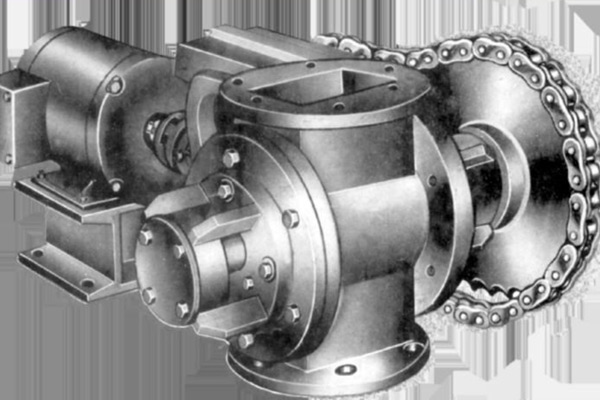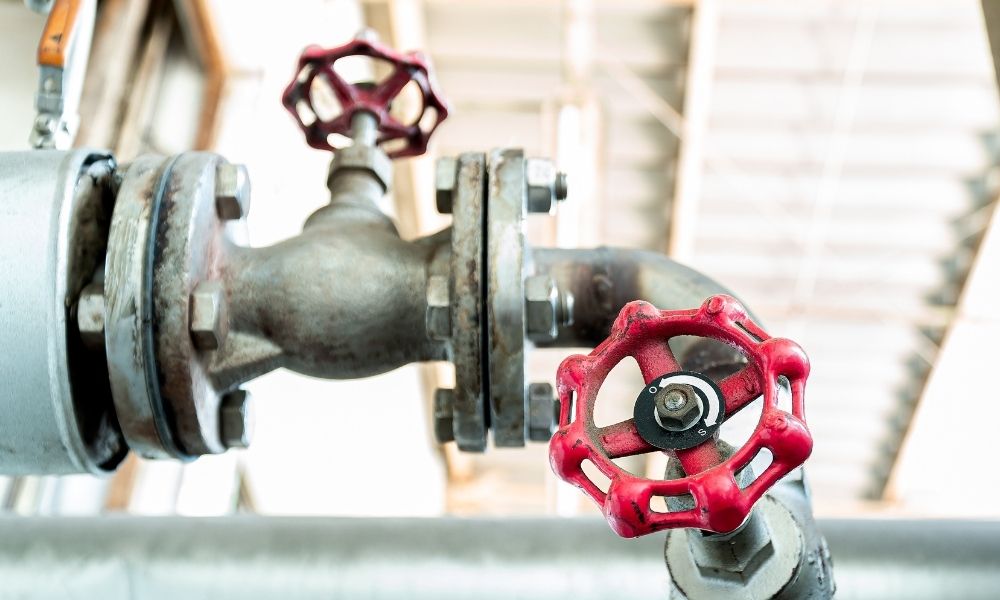Every manufacturing facility strives to maintain consistent material flow while ensuring safety and preventing product loss. The efficiency of material handling equipment directly impacts operational success, making it crucial to understand the significance of key components in the process.
The rotary airlock valve serves as a critical component in pneumatic conveying systems, effectively managing material flow while maintaining pressure differentials. These valves regulate the controlled discharge of materials from high-pressure to low-pressure areas, ensuring smooth operation throughout the production line.
Essential aspects of material handling efficiency

-
Precision in material flow management
The continuous movement of materials through processing systems demands precise control mechanisms. When materials flow between different pressure zones, maintaining proper sealing becomes paramount. This precision prevents material loss and ensures optimal utilization of resources.
-
Energy consumption optimization
Material handling systems consume significant energy during operation. Proper equipment selection and maintenance directly influence energy efficiency. By implementing well-designed components, facilities reduce unnecessary power consumption while maintaining productivity levels.
-
System reliability and stability
Manufacturing operations depend heavily on consistent material flow. Disruptions in the handling process can lead to significant downtime and production losses. Reliable equipment ensures stable operation and minimizes unexpected interruptions.
-
Impact on production quality
Material handling efficiency directly affects end-product quality. Proper material flow control prevents contamination, degradation, and inconsistencies in the final product. This relationship between handling efficiency and product quality highlights the importance of using appropriate equipment.
-
Pressure differential management
The rotary valve airlock plays a vital role in maintaining pressure differentials across the system. These valves create an effective seal between different pressure zones while allowing material to pass through. This capability ensures both efficient material transfer and system stability.
Benefits of optimized material handling
-
Increased throughput rarates
Well-maintained handling systems achieve higher material transfer rates. This improved efficiency translates to increased production capacity and better resource utilization throughout the facility.
-
Reduced material waste
Effective material handling minimizes product loss during transfer operations. By maintaining proper sealing and controlled flow, facilities reduce waste and improve overall operational efficiency.
-
Enhanced workplace safety
Proper material handling equipment contributes significantly to workplace safety. Controlled material flow prevents dust emissions and potential hazards associated with pressure differences in the system.
-
Cost-effective operations
Efficient material handling directly impacts operational costs. By minimizing energy consumption, reducing material waste, and preventing system downtime, facilities achieve better cost control and improved profitability.
Maintenance considerations for long-term efficiency
-
Regular inspection protocols
Implementing systematic inspection schedules helps identify potential issues before they affect system performance. Regular maintenance ensures all components function at optimal levels.
-
Performance monitoring
Tracking system performance through various metrics helps maintain efficiency levels. This data-driven approach enables proactive maintenance and timely equipment adjustments.
Practical implementation tips
-
System design optimization
Proper system design ensures efficient material flow and pressure management. Consider factors like material characteristics, flow rates, and pressure requirements during equipment selection.
-
Staff training requirements
Well-trained operators and maintenance personnel contribute significantly to system efficiency. Regular training programs ensure proper equipment handling and maintenance procedures.
Maintaining material handling efficiency significantly impacts manufacturing operations. Through proper equipment selection, regular maintenance, and optimization of operating parameters, facilities achieve better productivity and cost control. This approach to material handling efficiency ensures long-term operational success while meeting production requirements and maintaining safety standards.











